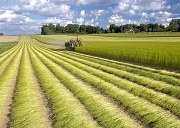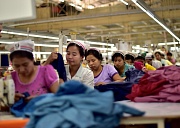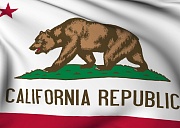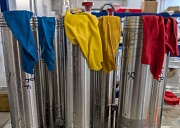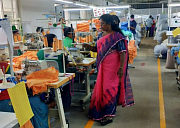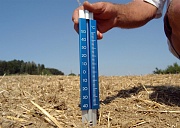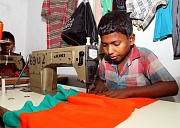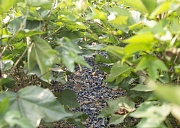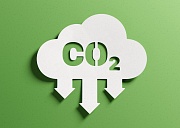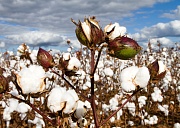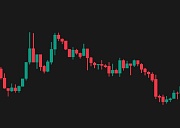Argento suggests that the Sourcery's Direct-to-Grower approach is one of a handful of solutions that helps brands and suppliers connect to farmers.
“Once a brand or supplier connects with farmers, they soon realise they cannot rely solely on certifications, but must invest in farmers and their communities if they want to source cotton that was actually grown organically,” he says.
Ambatipudi adds: “Yes, it’s time for some serious introspection for the sector as a whole and radical changes in behaviour... Again, at the expense of sounding repetitive, the way forward for the sector is to build a direct connection and relationship between the brand and the farmer!”
Anita Chester, of the Laudes Foundation, is optimistic: “Many improvements can be made to the certification system ... through greater transparency, collaboration between standard owners in data sharing and co-ordination with state agencies.
“However, the issue is deeper than certification only. It requires a systemic approach to eradicate bottlenecks and bolster the production of sustainable cotton by making it more attractive for farmers.”
The OCA's Vollaard offers: “We have the ability to put in place various measures at the origin point of the organic cotton, to mitigate risks such as fraud and GMO presence. And that’s not just through measures of control and testing, but just as much, or even more so, through investing in the right support and prevention measures at the farm base.”
Back in February, a TE statement claimed that new measures were underway. They later told us that the ‘minimal viable product’ of the organisation’s new digital Trackit programme was completed in November 2021.
“The system is built, and we are now actively onboarding all 25 of our certification bodies into the system. Onboarding 25 certification bodies takes time as they too must redevelop their systems, harmonise their data before they can integrate with our system. We plan to complete this within 2022 and will offer it as a single source of truth for our certification data,” said TE.
This is good – but we remain cautious due to previous announcements and would welcome seeing other organisations involved as well as an open model for data sharing.
Control Union believes the sector needs a different conversation. There should be no more paper, and product movements should be tracked. Robert Demianew and Binay Kumar Choudhury say there is “need for a level of transparency, to iron out hotspots” – essentially open data again, with different systems connecting and digital internal control systems.
Stripf added that GOTS' improvement plans included adding quality assurance staff, as well as a working group with accredited CBs “to define a common approach to risk assessment” and a centralised database to track all materials in their chain of custody.
This is also close to an electronic internal control system. And lo and behold, such systems already exist. For example, Check Organic's, and that of Source Trace, an Indian traceability provider.













